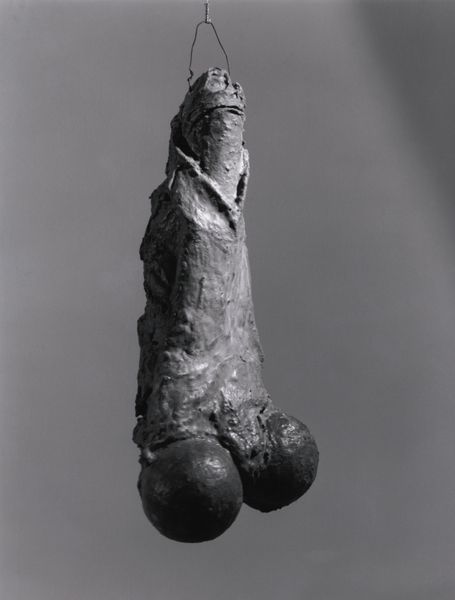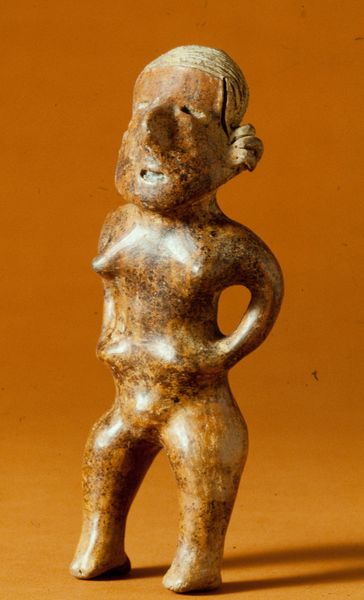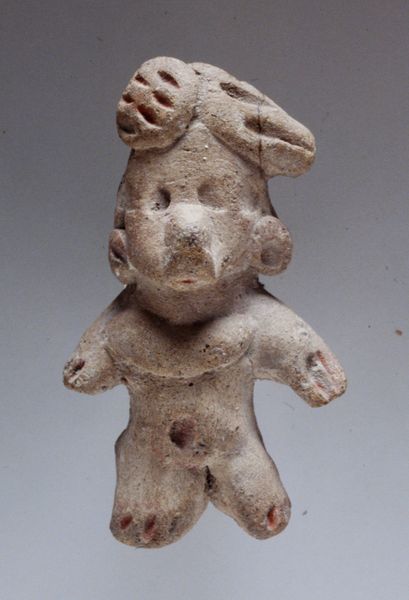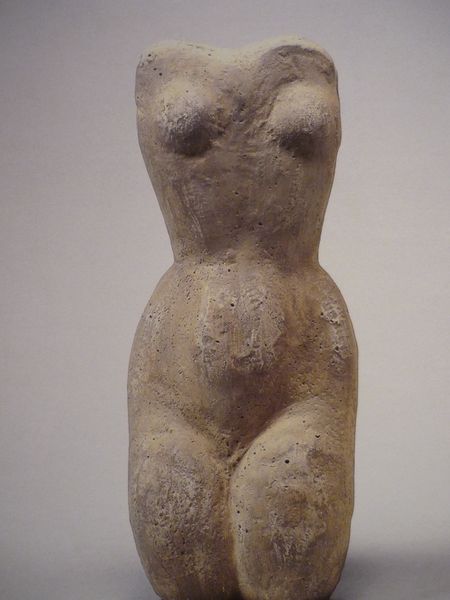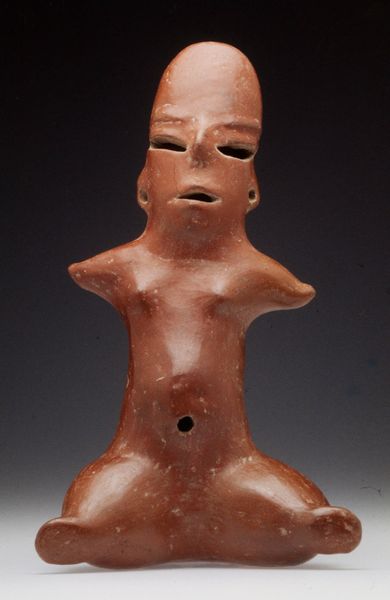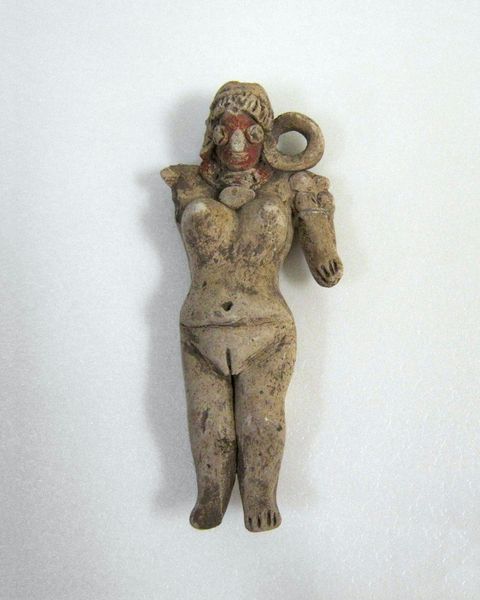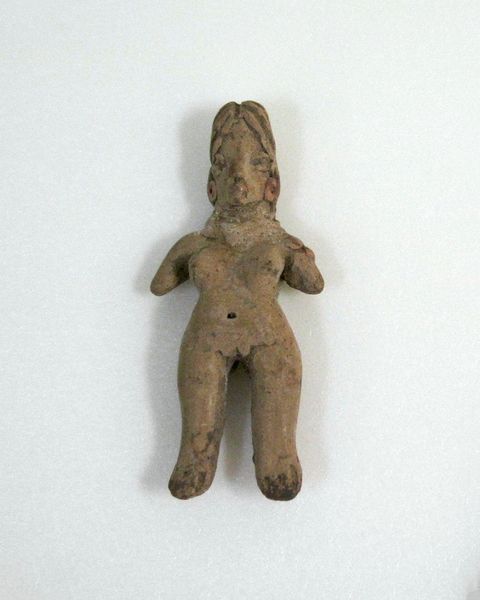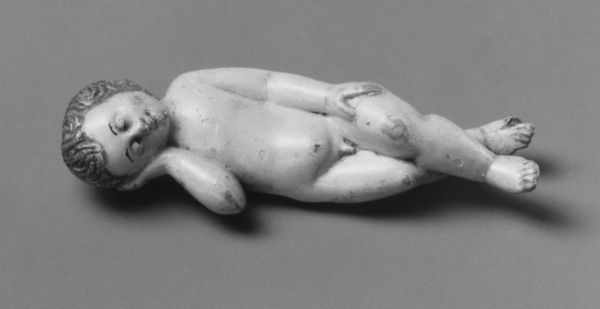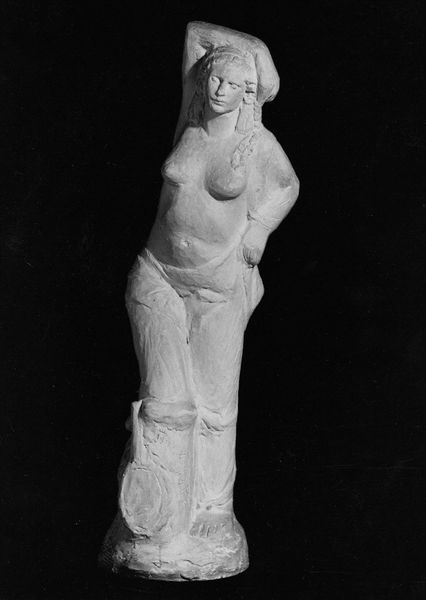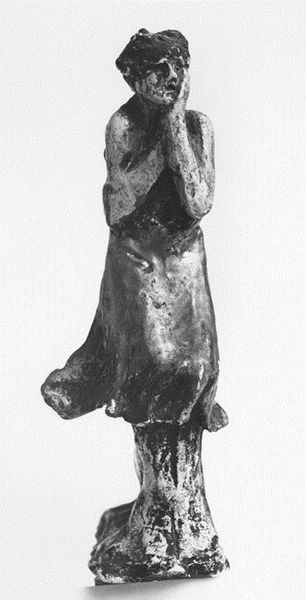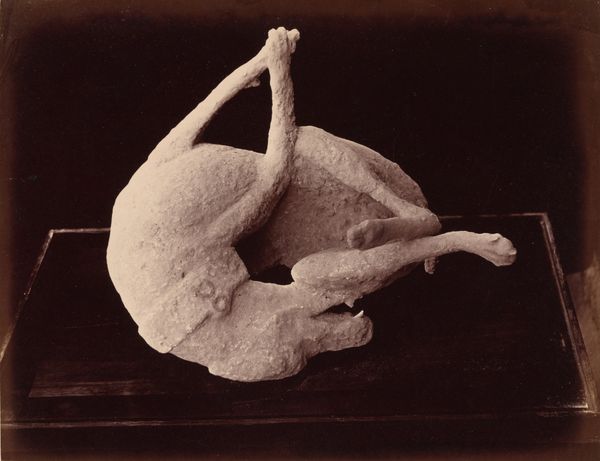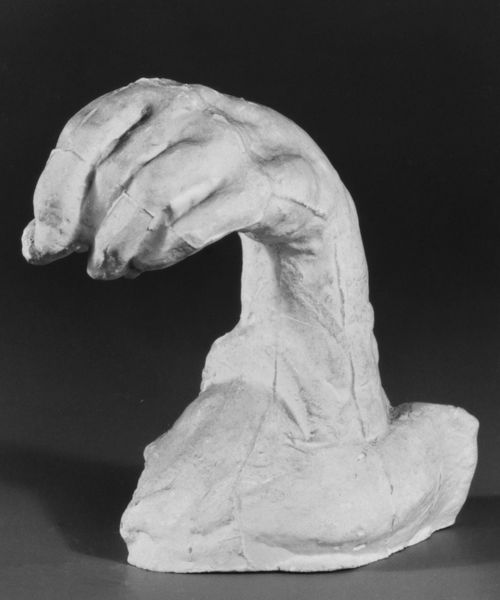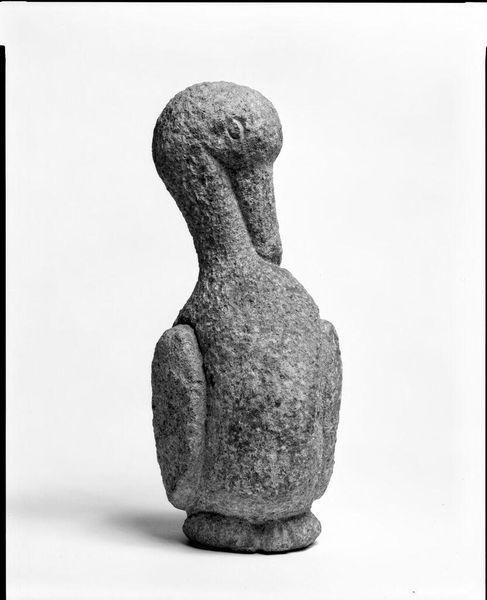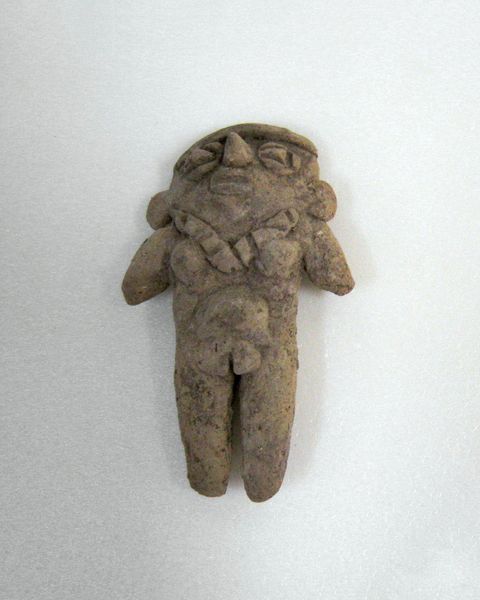
photography, sculpture
#
sculpture
#
postminimalism
#
figuration
#
photography
#
body-art
#
sculpture
#
monochrome
#
nude
#
monochrome
Copyright: Alina Szapocznikow,Fair Use
Editor: We're looking at Alina Szapocznikow's "Nanny" from 1967, a monochrome sculpture. It’s… well, it's a stark image. It looks like plaster, roughly formed into a female torso. It's raw and kind of unsettling. What do you see in this piece? Curator: I see Szapocznikow engaging directly with the post-war discourse around the female body. Consider the materials: this isn't bronze or marble, meant for eternity. She is using transient materials. It reflects the temporality of flesh, its decay and its socially constructed presentation. How does that impermanence change your perception? Editor: That definitely shifts things. The roughness makes me think of process, of the artist's hand at work and… the kind of labor that's usually hidden in more polished sculptures. Does that reading track at all? Curator: Absolutely. The "hidden" labour is precisely the point. By leaving the traces of the hand and embracing the materials' limitations, Szapocznikow reveals the production and making as key parts of the artwork's meaning, thus, refusing any form of bourgeois sublimation, especially when figuration is concerned. Don't you feel like the consumption of the female body as a cultural artifact becomes visible? Editor: Yeah, that makes a lot of sense. The almost crude way it's been molded confronts us with our own gaze and what we bring to the piece. The materiality, then, forces this awareness. Curator: Exactly. It's about shifting our focus from idealized form to the physical reality of creation and reception, as it always returns to a given social, economic, and historical milieu. What strikes you the most now? Editor: The way the artist employed this rather dismissible materiality in a period concerned with cultural re-evaluation. Thank you for offering this perspective, which definitely changed the way I look at it. Curator: Indeed. We're seeing the body not as an aesthetic ideal, but as something shaped by societal forces and made manifest by creative labour, always with given constraints.
Comments
No comments
Be the first to comment and join the conversation on the ultimate creative platform.
